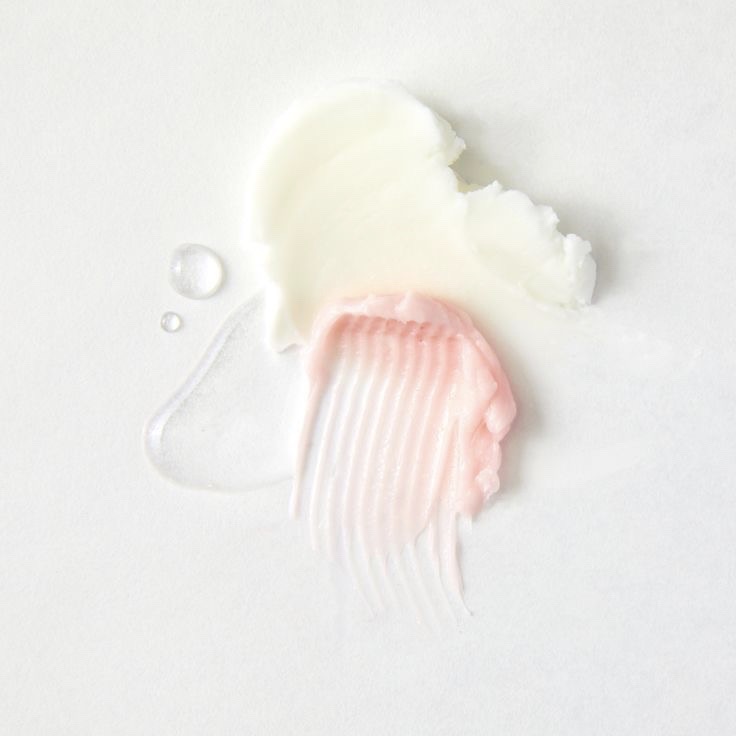
The first time I gave some thought to what ingredients were in my cosmetic products was when I got pregnant with my daughter. There are so many things that come with pregnancy that you would never have thought like the many foods you can’t consume or cosmetics you can’t use on your skin. It got me thinking because if I wouldn’t put anything that’s potentially harmful on my body when I’m pregnant, then why would I continue to do so when I’m not? It seemed paradoxic to continue to ignore the fact that the products I was using routinely were not the best choice I could make for my health, so I started doing my research on clean beauty and started swapping out my conventional products for natural ones.
Our skin is our largest organ and while a lot of us are very conscious of what we put IN our body few people pay attention to what they put ON their body. The skin absorbs sixty to ninety percent of what we put on it, sending that toxic load from our body lotions, shower gels, deodorants and make-up right through our bloodstream and our organs. Unfortunately, the cosmetic industry does not comply with very strict regulations, which is why many chemicals find their way into our beauty products and we unconsciously lather them on our skin.
Going natural with your beauty products also helps the environment since less chemicals produced for cosmetic ingredients means less toxic waste for our planet. Many new chemicals in the cosmetic industry also still get tested on animals, which is unnecessary and sad. By switching from conventional to clean we are not just benefitting for our own health but also the greater good, which ultimately is what matters because it’s all one eco-system.
I won’t go into too much detail about the chemicals that should be avoided, but here are the top six most commonly added ones to look out for when you are shopping for cosmetic items:
- SODIUM LAURYL SULPHATE (SLS): foaming agent/highly absorbed by the body, is retained in the organs
- PETROLEUM: makes products feel smooth/potential carcinogen
- FORMALDEHYDE: preservative/carcinogen & neurotoxin
- PARABENS: preservative/endocrine toxin (fertility problems)
- PHTALATES: smoothing agent/carcinogen & endocrine toxin (fertility problems)
- SYNTHETIC FRAGRANCE: make products smell good/endocrine toxing (fertility problems)
Your step-by-step guide to clean up your beauty closet:
1. Take it slow
Cleaning up your beauty cabinet can feel overwhelming and inconvenient if you want to do it all at once, so I recommend taking it slow. I swap out a conventional product for a clean one once it is used up which makes it a much smoother transition. I’m still in the process of it because a) I have high expectations towards the products I will include into my routine, they need to smell, feel and perform as well as the conventional ones and b) it’s an expensive undertaking to change all your products from one day to the next, so taking baby steps makes sense in every aspect.
2. Start with the products you are least attached to
I suggest starting with the products that you’re not necessarily super attached to because you need the outcome to be a certain way like that one shampoo that just works so well for your hair or the nail polish that lasts forever because those swaps can be harder to make than for example sunscreen, deodorant or body lotion.
3. Check the ingredient list
Great resources to check your products are apps like Think Dirty (US) or Code Check (Europe). Simply look up the item you want to know more about and the app will tell you exactly what’s in it, explain potential health risks and will help you to make the cleanest beauty choice possible.
4. Find clean alternatives
The market for clean beauty is evolving and growing and there are so many amazing products out there. They smell and feel great and they work just as well as the mass market cosmetics. I love browsing Net-A-Porter’s clean beauty section, goop or Sephora as they all have great options. Have fun exploring and discovering new favorites!